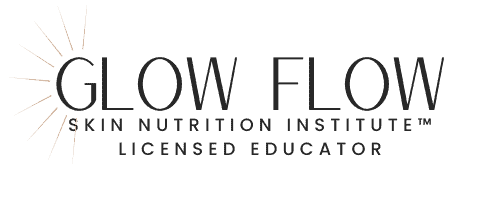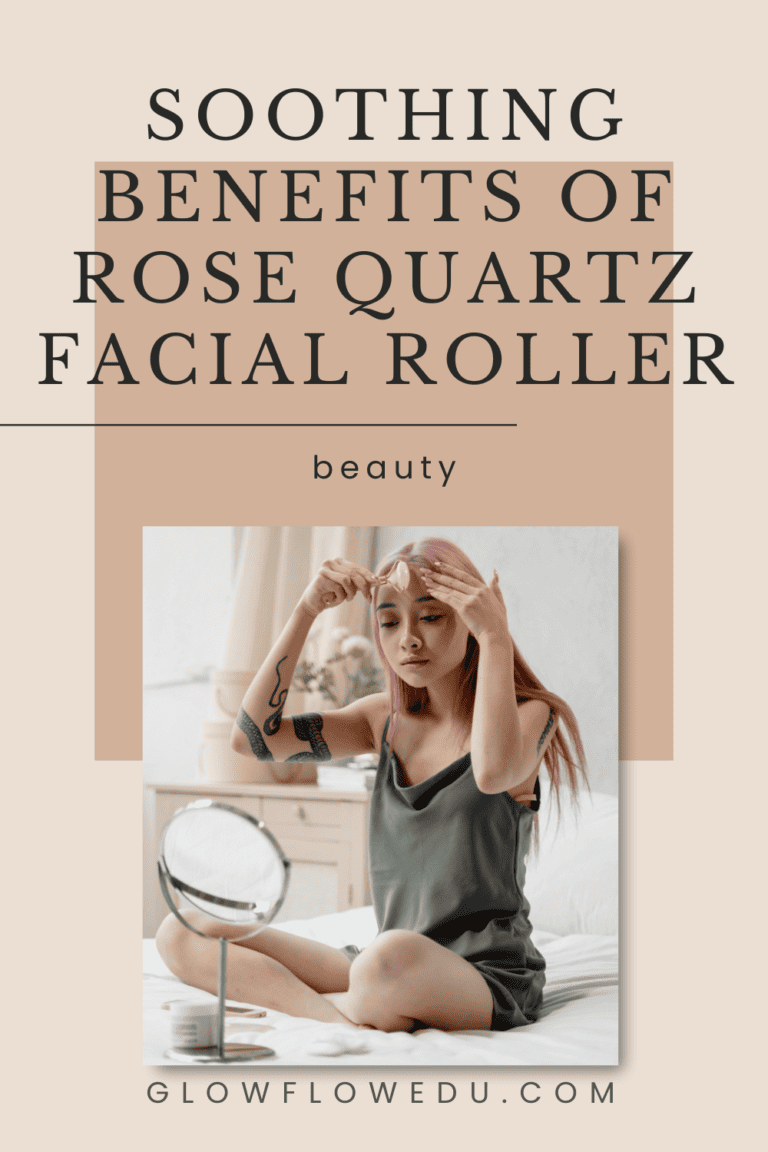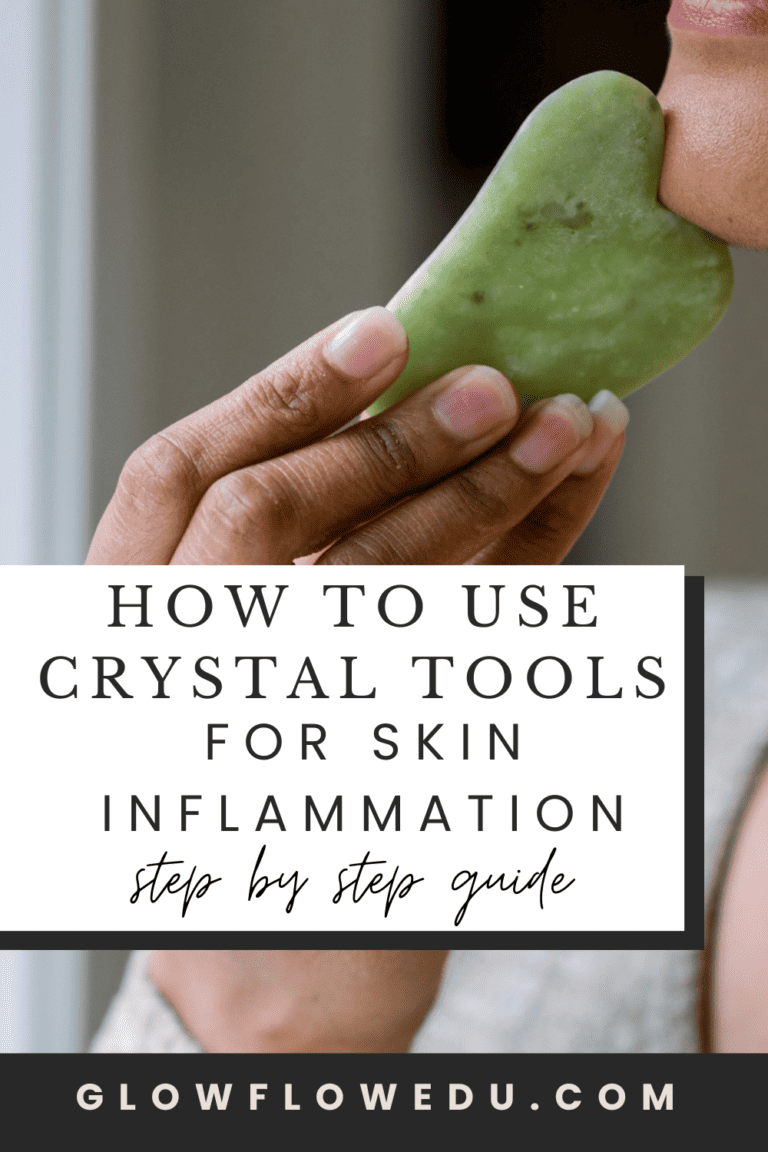Acne Meaning Chart: Causes and Types of Acne
Acne is a common skin condition that can take various forms, ranging from mild blackheads and whiteheads to more severe cystic lesions.
Understanding the type of acne you’re experiencing is crucial for determining an effective treatment plan.
While mild acne might respond well to over-the-counter products, severe acne often requires a more targeted approach.
When looking at acne meaning charts, you’ll find that they intend to help you identify the specific type of acne affecting your skin.
Each type, from comedones to papules and pustules, signals a different level of inflammation and blockage in your hair follicles and sebaceous glands.
Severe acne, characterized by nodules and cysts, can be particularly painful and lead to scarring if not properly addressed.
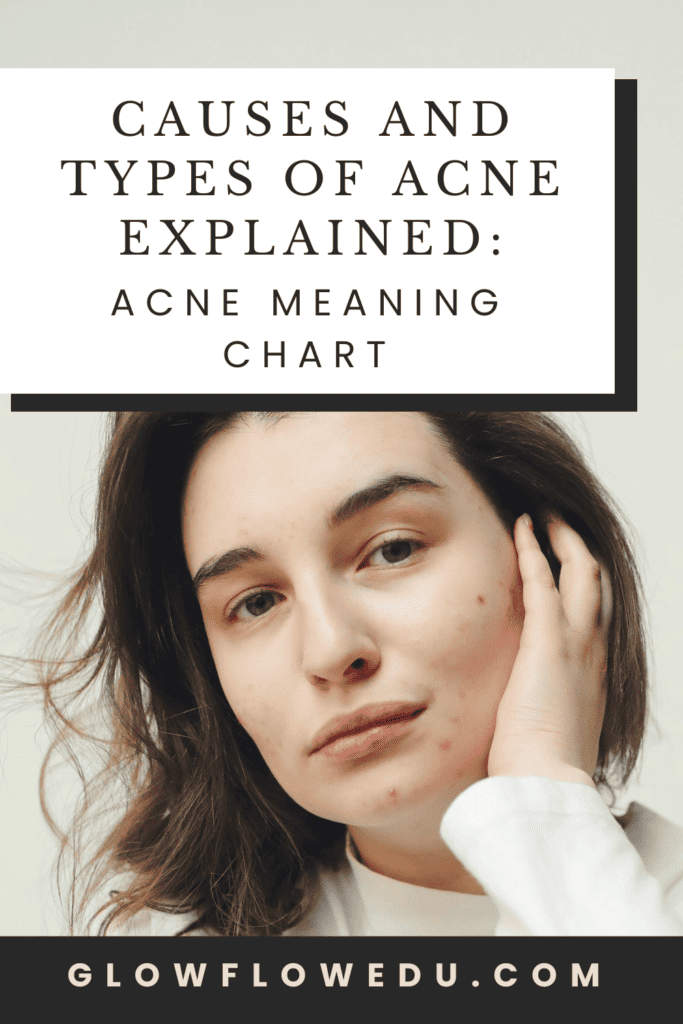
Acne treatments vary widely, and what works for one person may not work for another.
The choice of treatment depends on the severity and type of your acne.
Options range from topical treatments, like benzoyl peroxide or salicylic acid for milder acne, to oral medications such as antibiotics or isotretinoin for more severe forms.
Consulting with a dermatologist can provide you with a personalized approach, ensuring you use the correct treatment for your acne type.
Understanding Acne
Acne is a skin condition characterized by the presence of pimples, blackheads, and cysts. It is often caused by hormonal fluctuations and the overproduction of oil, which can lead to clogged pores and bacterial growth.
Hormonal Influences on Acne
Your hormone levels fluctuate throughout your life, particularly during puberty, menstruation, pregnancy, and menopause.
These changes can lead to hormonal acne, which manifests when an increase in hormones called androgens causes sebaceous glands to produce more oil.
This excess oil can mix with dead skin cells and bacteria on your skin, clogging your pores.
Hormonal imbalances may also exacerbate acne symptoms, making management and treatment crucial.
Role of Oil Production and Sebaceous Glands
The sebaceous glands play a pivotal role in the health of your skin.
These glands are responsible for secreting an oily substance called sebum, necessary for keeping your skin moisturized.
However, when your sebaceous glands produce too much oil, your pores can become blocked, creating a prime environment for the acne-causing bacteria Propionibacterium acnes to thrive.
Managing oil production through various treatments and skincare routines can help control acne breakouts.
Causes of Acne
Acne is influenced by various factors, with diet and lifestyle being significant contributors. Understanding these aspects can help you manage and potentially reduce acne occurrence.

Diet and Acne Connection
Your diet plays a pivotal role in the health of your skin.
Consumption of high-glycemic foods, such as sugary snacks and refined carbohydrates, can elevate blood sugar levels, leading to increased sebum production and skin cell turnover, which may clog pores and cause acne.
On the other hand, a diet rich in omega-3 fatty acids, antioxidants, and fiber helps in maintaining a balanced digestive system, essential in preventing acne.
Foods to Limit:
- Sugary beverages
- White bread and pastries
- Foods with a high glycemic index
Foods to Increase:
- Nuts
- Seeds
- Fruits and vegetables high in antioxidants
Impact of Lifestyle Factors
Your day-to-day habits significantly affect your skin’s condition.
Lack of sleep disrupts your body’s natural hormonal balance, potentially increasing the likelihood of acne flare-ups.
Constant lifestyle changes, like varying sleep schedules or increased stress, can throw your hormones off balance, making you more susceptible to acne.
Lifestyle Improvements:
- Aim for 7-9 hours of sleep every night.
- Manage stress through relaxation techniques.
- Maintain a regular skincare routine.
Acne and Skin Care Products
When managing acne, selecting the right skin care products is crucial. It’s important to understand which ingredients can aid in treating acne and which may exacerbate your skin issues.
Choosing the Right Skincare Products
To effectively treat acne, look for products containing salicylic acid or benzoyl peroxide, which are known to help clear pores and reduce inflammation. Here’s a brief guide to help you choose:
- Salicylic Acid: Helps exfoliate the skin and unclog pores.
- Ideal for: Blackheads and whiteheads.
- Concentration: Typically found in concentrations of 0.5% to 2%.
- Benzoyl Peroxide: Kills bacteria and helps peel away layers of dead skin.
- Ideal for: Inflammatory acne, such as pimples and cysts.
- Concentration: Available in 2.5% to 10% concentrations. Start with the lowest concentration to see how your skin reacts.
Choose products labeled as “non-comedogenic,” meaning they are less likely to clog your pores. Always patch test a new product to ensure it does not irritate your skin.
Common Irritants in Cosmetics
Cosmetic products can sometimes contain pore-clogging ingredients or irritants that may worsen acne. Be vigilant about the contents of your cosmetics. Here are common irritants you should be aware of:
- Fragrances: Can lead to skin irritation and exacerbate acne.
- Oils: Certain oils can clog pores and are best avoided if you have acne-prone skin.
- Alcohol: Can dry out the skin, leading to an overproduction of oil which might clog pores.
To mitigate the risk of irritation, choose cosmetics carefully, particularly if they are to remain on your skin for extended periods. Avoid heavy foundations and choose mineral-based powders instead, as these are often gentler on the skin.
Identifying Types of Acne
Acne is a common skin condition that varies widely in appearance and severity. To effectively manage your acne, it’s crucial to identify the type you’re experiencing.
Acne Vulgaris and Its Forms
Acne vulgaris is the most prevalent form of acne. You might recognize it by the following types:
- Comedones: Non-inflammatory acne that includes both open blackheads and closed whiteheads.
- Papules: Small, raised, and red bumps indicating inflammation.
- Pustules: Similar to papules but contain pus, often with a white or yellow center.
- Nodules: Large, hard, and painful lumps deep within the skin.
- Cysts: Large, pus-filled lesions that are also deeply embedded in the skin and can result in scarring.
Special Forms of Acne
In addition to acne vulgaris, there are special forms you should be aware of:
- Fungal acne (Pityrosporum folliculitis): This type resembles acne vulgaris but it’s caused by an overgrowth of yeast within the hair follicles. Factor Description Appearance Uniformly sized papules and pustules Location Often found on the chest, back, and upper arms Trigger Excessive sweating, tight clothing, or antibiotics
- Acne mechanica: Triggered by excess pressure, friction, or heat on the skin. Factor Description Cause Sports equipment, clothing, backpacks Management Reducing friction, pressure, and improving hygiene
- Acne cosmetica: Caused by makeup or skincare products that clog pores. Factor Description Solution Non-comedogenic and oil-free products Prevention Thorough cleansing practices.

Acne and Hygiene
Maintaining hygiene can significantly impact the management of acne. This includes proper care and cleansing of anything that comes into contact with your skin, including makeup tools and hair products.
Importance of Clean Makeup Tools
Makeup brushes and sponges can harbor bacteria and residue, which may contribute to skin breakouts. Ensure that you:
- Cleanse your makeup tools regularly. Aim to wash brushes and sponges with a gentle cleanser at least once a week.
- Dry makeup tools properly. After cleansing, lay them flat to dry completely to prevent the growth of mold and bacteria.
Hygiene and Hair Products
Hair products can leave residues that might clog your pores, leading to acne.
- Be mindful of hair product use. When applying hair products, keep them away from your face to minimize the risk of clogging facial pores.
- Choose hair products wisely. Look for non-comedogenic options that are less likely to contribute to the development of acne.
Facial Acne Mapping
Facial Acne Mapping associates different parts of your face with various internal areas of your body. Understanding where acne appears on your face can give you insights into your overall health.
Traditional Chinese Medicine Perspectives
In Traditional Chinese Medicine (TCM), your face serves as a map to your body’s internal health. Each region corresponds to specific organs or bodily systems:
- Forehead: Linked to the digestive system. Issues with your digestion may cause breakouts here.
- Cheeks: The upper cheeks are associated with the lungs, while the lower cheeks connect to the mouth and teeth.
- Nose: Reflects the health of your heart. Fluctuations here could relate to blood pressure or stress.
- Chin and Jawline: Tied to the reproductive system and may indicate hormonal imbalances.
These correlations are based on the belief that energy, or “qi”, flows through the body on pathways known as meridians, connecting the internal organs with the surface of the skin.
Modern Interpretations of Acne Mapping
The modern approach to acne mapping does not always align with TCM principles, but it does take into consideration:
- Hormonal fluctuations: These often cause acne on the chin and jawline due to the concentration of oil glands in that area.
- Lifestyle factors: Your forehead and nose might experience breakouts from excessive oil, makeup, or certain hair products.
- Diet and Hydration: Dehydration and dietary habits can lead to issues across the cheek area.
- Stress: Linked to acne in various facial regions, stress can exacerbate skin conditions causing flare-ups anywhere on the face.
Hormonal Treatments and Acne
Hormonal treatments can be a key strategy in managing acne, particularly when it’s linked to hormonal fluctuations. Understanding your options, including birth control pills and prescription medications, can help you find an effective solution.
Birth Control Pills and Hormonal Regulation
Birth control pills (oral contraceptives) are often prescribed to women with acne as a means to regulate hormones that can contribute to the condition. These pills contain estrogen and progesterone that can decrease androgen levels—a hormone which, when produced in excess, increases oil production and can lead to acne.
- Oral contraceptives commonly used for acne include:
- Combination pills (contain both estrogen and progesterone)
- Low-dose estrogen pills
- Progestin-only pills (mini-pills)
Using birth control pills for acne should be discussed with a healthcare provider to understand potential side effects and ensure it’s a suitable option for you.
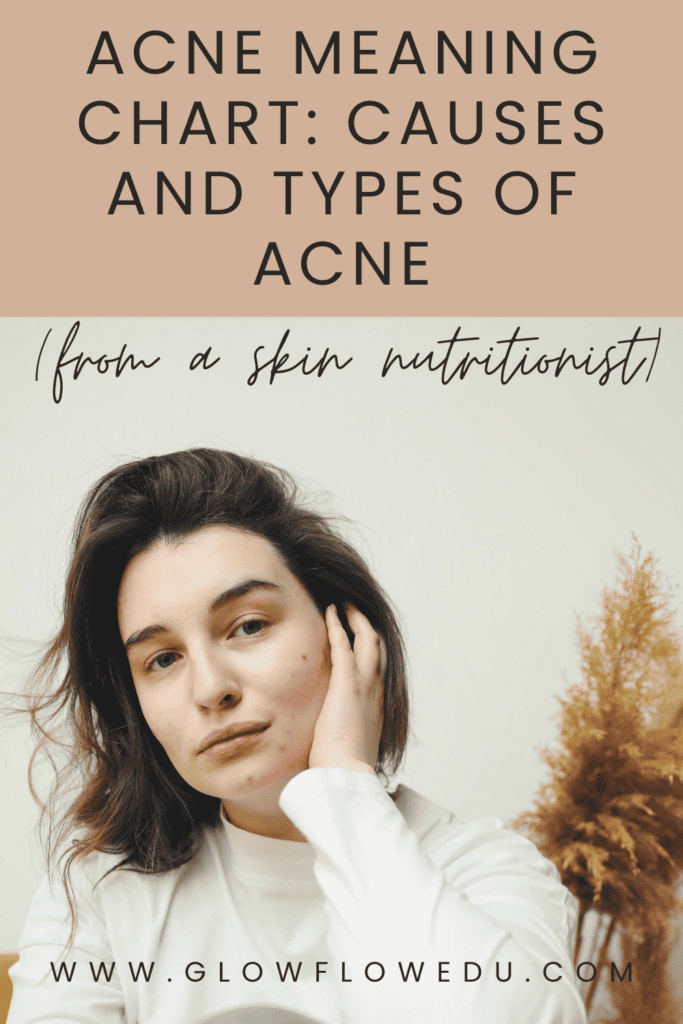
Exploring Prescription Options
Apart from birth control pills, other prescription medications can address hormonal changes leading to acne. Your healthcare provider might prescribe one of the following options based on the severity of your acne and your medical history:
- Spironolactone: This medication reduces androgen levels to decrease oil production.
- Anti-androgens: They block androgens from attaching to their receptors in the body.
- Retinoids: While not hormonal treatments, these may be prescribed alongside hormonal therapies to aid in cell turnover and decrease acne severity.
Careful consideration and monitoring are necessary when you are on prescription medication for acne, as these treatments can have significant effects beyond acne management.
Acne Prevention Strategies
Achieving clear skin can significantly hinge on modifying certain lifestyle aspects, such as diet and daily routines.
By identifying potential triggers—like food allergies—and making necessary changes, you can improve your skin’s health.
Dietary Adjustments for Healthier Skin
Your dietary choices can directly impact the clarity and health of your skin.
Paying attention to your body’s reactions to certain foods can provide insights into potential food allergies that may exacerbate acne. For instance:
- Reduce High Glycemic Foods: Foods with a high glycemic index can spike blood sugar levels, potentially worsening acne. Focus on low glycemic alternatives like whole grains and leafy greens.
- Stay Hydrated: Consistently drink plenty of water throughout the day to help detoxify your body and maintain hydrated skin, which can enhance your skin’s appearance.
Routine and Environmental Changes
Your daily skincare routine and environment play a pivotal role in preventing acne.
Small, consistent modifications can contribute to clear skin, and it’s important to be aware of factors like pomade acne, which may result from hair products coming into contact with your skin.
- Cleanse and Moisturize: Gently wash your face twice a day with a suitable cleanser and follow up with a non-comedogenic moisturizer to keep your skin balanced.
- Avoid Aggravating Hair Products: If you use pomades or other hair products, opt for non-acnegenic brands to prevent pomade acne. Ensure to wash your hair before sleeping and keep it away from your face.
Professional Care and Advice
Seeking professional care is a crucial step in addressing acne effectively.
By consulting with board-certified dermatologists and understanding the medical procedures available, you can find the treatment options tailored to your specific factors and underlying issues.
Consulting a Dermatologist
When you notice persistent acne, scheduling an appointment with a board-certified dermatologist should be your first action.
These experts are trained to assess your skin and identify specific factors contributing to your acne. Your dermatologist will consider:
- Your skin type (oily, dry, combination, sensitive)
- The severity of your acne (mild, moderate, severe)
- Possible triggers (hormonal changes, diet, stress)
The dermatologist will then develop a personalized treatment plan that may include topical medications, oral prescriptions, or lifestyle modifications to address your underlying issues.
Understanding Medical Procedures
In some cases, medical procedures may be necessary to treat acne, especially if it’s severe or not responding to conventional treatments.
Common procedures provided by dermatologists include:
- Chemical Peels: Applying a chemical solution to remove the top layers of skin, helping to unclog pores and remove dead skin cells.
- Laser and Light Therapies: Using various forms of light to target and reduce acne-causing bacteria or to shrink oil-producing glands.
- Extraction: Professionally removing whiteheads and blackheads to prevent further inflammation and scarring.
- Steroid Injections: Injecting corticosteroids directly into cystic acne lesions to reduce swelling and promote healing.
Beyond the Face: Body Acne
Acne isn’t restricted to the facial area; it is a common issue on other parts of the body such as the back and chest. Understanding the unique causes and treatments for these areas can lead to clearer skin.
Addressing Back and Chest Acne
Your back and chest are prone to acne breakouts due to a higher concentration of sebaceous glands, which produce oil.
Dealing with acne in these areas starts with recognizing that the skin is thicker than on your face, and thus might require stronger treatments. For the back and chest:
- Cleansing: Use a gentle, non-comedogenic body wash to cleanse the skin thoroughly.
- Topical Treatments: Apply benzoyl peroxide or salicylic acid to affected areas, considering that these might be stronger than the formulations used for facial acne.
- Exfoliation: Incorporate a body brush or exfoliating scrub to help clear pores, but do so gently to prevent irritation.
Contributing Factors and Treatments
Various factors contribute to body acne, and understanding these can help you manage and treat your skin condition more effectively.
- Clothing and Friction: Tight clothing can trap sweat and bacteria, leading to breakouts.
- Opt for loose-fitting, breathable fabrics to minimize this risk.
- Sweat: After intense activities, shower immediately to remove sweat and bacteria that can clog pores.
- Holistic Approach: Consider a holistic approach that includes a balanced diet, regular exercise, and sufficient hydration, which can all impact the health of your skin.
When treating body acne, it’s crucial to use products formulated for the specific areas of your body. Be consistent with your skincare routine.
If over-the-counter options aren’t effective, consult a dermatologist for a personalized treatment plan.
